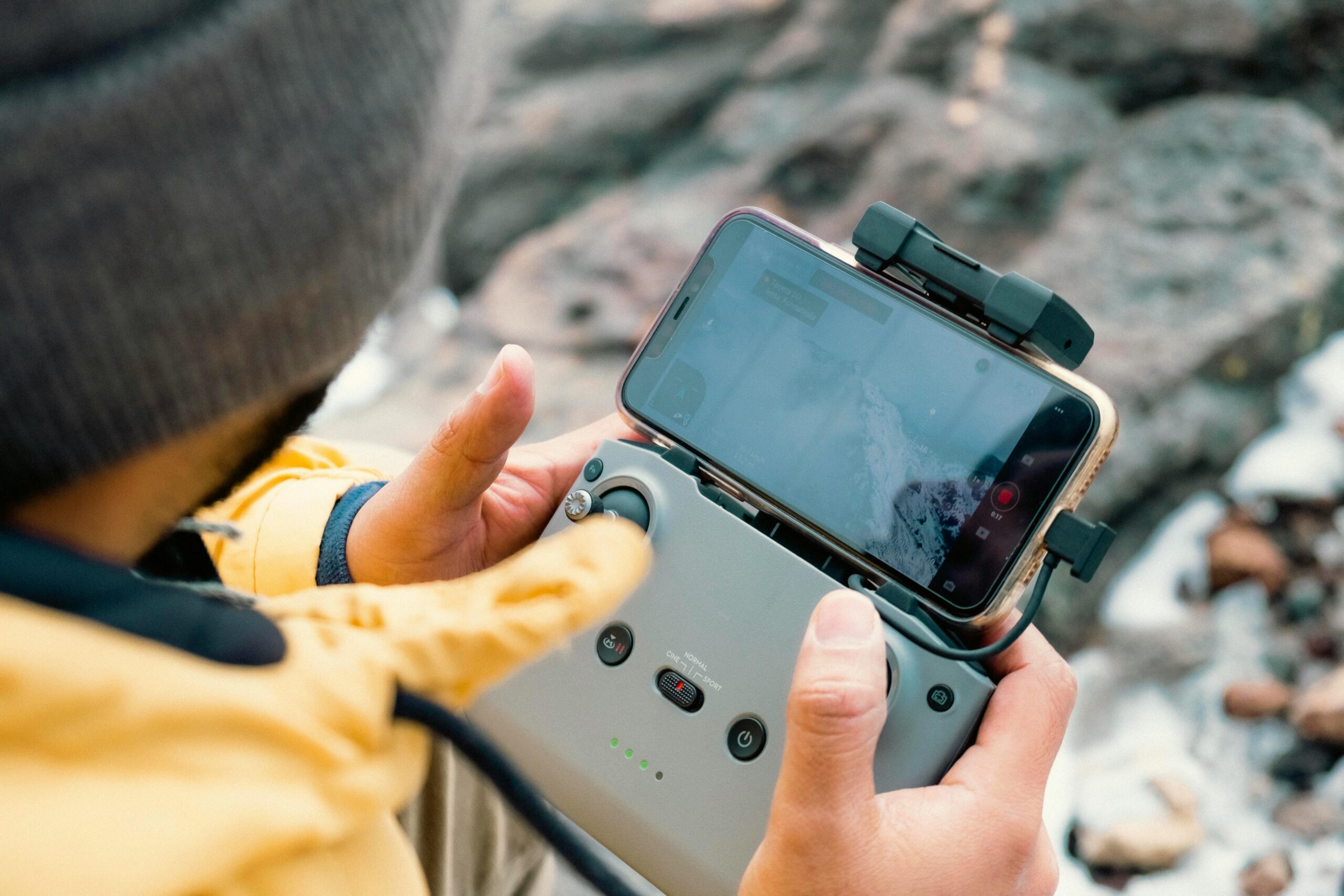On February 14, 2005, Many celebrated Valentine’s Day as usual. Former PayPal employees Chad Hurley, Jawed Karim, and Steve Chen would not be doing the typical Valentine’s activities. Instead, they would launch one of the world’s most influential digital media platforms that day, changing how filmmakers made a name for themselves for decades.
Since its inception, YouTube has played a pivotal role in transforming filmmaking. Despite video-sharing sites predating it, YouTube introduced aspiring filmmakers to the concept of sharing their work with the world without needing the backing of a large Hollywood studio or production company. The only requirements for reaching the world were a video camera and an internet connection. It was the start of a revolution.
Mobile Entertainment Innovation
Far from being the only online platform that ignited an independent filmmaker revolution, YouTube was a blueprint for showing the world what is possible through technology and innovation. In the years that followed, digital transformation upended the entertainment industry. Apps like Facebook, Instagram, and TikTok became not only billion-dollar juggernauts in the social media industry but also the launching pad for careers in entertainment, careers that traditional media companies previously gatekept.
New industries grew out of the technological innovation sweeping the world. Music streaming apps, mobile games, and casino apps are just a few examples of areas where innovation has led to the creation of new entertainment platforms and tools. In the case of iGaming, the latest apps now come with expansive gaming libraries, bonus bankrolls, and options to pay that include cryptocurrencies. Some even integrate with VR or have live-dealer options, options that are fast causing physical casinos to become obsolete.
However, that growth isn’t confined to gaming. Social media has been quick to become a disruptor of the filmmaking industry. By democratizing content and access to audiences, content creators and budding filmmakers now often make their own mini-skits, shows, and even multi-episode series that they offer for free to followers. By monetizing their accounts and benefiting directly from paid sponsorships and ad revenues, many can live out their dreams without ever needing to ever sign on to a professional filmmaking project.
The Smartphone Revolution
Filmmaking has always been a traditionally expensive medium. Aspiring filmmakers require significant initial investments just to get started. Filming equipment in the past has been notoriously pricey and bulky. Cheaper and more compact equipment could not compete with the quality of the more expensive kit. This is no longer the case today. Smartphone technology has advanced at a mind-blowing rate.
Not only do modern smartphones have more computing power than the computers used to put man on the moon in 1969, but we are also walking around with mini production studios in our pockets. Camera quality and video processing technology packed into modern smartphones rival even the best professional filming equipment.
Many of the best camera phones for mobile photo and video now come with bigger screens, sharper sensors, and faster processors. While some flagship smartphones are still expensive, they are considerably cheaper than most professional cameras. Removing the barrier to entry and allowing aspiring filmmakers to focus on storytelling.
Editing At Your Fingertips
One of the most prominent expenses filmmakers incur is editing. Without access to a costly studio setup, filmmakers traditionally need to hire editors with access to specialized equipment and software. Modern digital tools allow filmmakers to not only film with their smartphones but also edit on the go with mobile editing apps such as Adobe Premiere Rush, CapCut, and iMovie. A list of the best video editing apps showcases the best options based on your device and lists the pros and cons of each app.
Additionally, innovation in cloud platforms like WeTransfer and Google Drive allows creatives to collaborate globally, providing file storage solutions and the ability to instantly transfer files directly from your smartphone and tablet. Combining all these innovations in mobile technology allows independent creators to create professional and polished content at a fraction of the traditional cost.
Social Media and Content Sharing
Innovation in the mobile technology sector gives filmmakers access to the tools they require to create eye-catching video content, while social media gives them unparalleled access to global audiences. The rise of social media platforms provides creators unfettered access to billions of viewers across the globe, with the only requirements being an internet connection and a device to upload from. The nature of social media platforms makes it easy for filmmakers to not only share their work but also build audiences through direct interaction with followers.
This direct communication with audiences using hashtags and popular online challenges acts as a creative stimulus, creating the kind of social status for female creators that traditional filmmaking took decades to achieve. It is entirely possible these days for filmmakers to make a living by posting their content on social media through brand deals and creator programs and connecting their social media accounts to platforms like Patreon, where followers can pay creators directly to view their content.
Shaping the Future Through Creativity and Technology
Digital tools such as smartphones and mobile video editing apps have empowered filmmakers by democratizing the creative process, allowing them to be more innovative and take more risks. By removing barriers to entry, technological innovation and content-sharing platforms have created a creators’ economy, resulting in underappreciated genres receiving more attention and talented creators gaining crucial exposure.
This feeds into the traditional media landscape by grooming the next generation of major directors, videographers, producers, and editors in an environment that encourages creativity and out-of-the-box thinking. Today, anyone can bridge the gap between being a budding filmmaker and creating the next blockbuster by applying creativity, developing social media awareness, and being persistent. The next generation of filmmakers is carving out their creative legacy without seeking Hollywood’s permission. Instead, they are following their vision and finding the best Wi-Fi connection.

